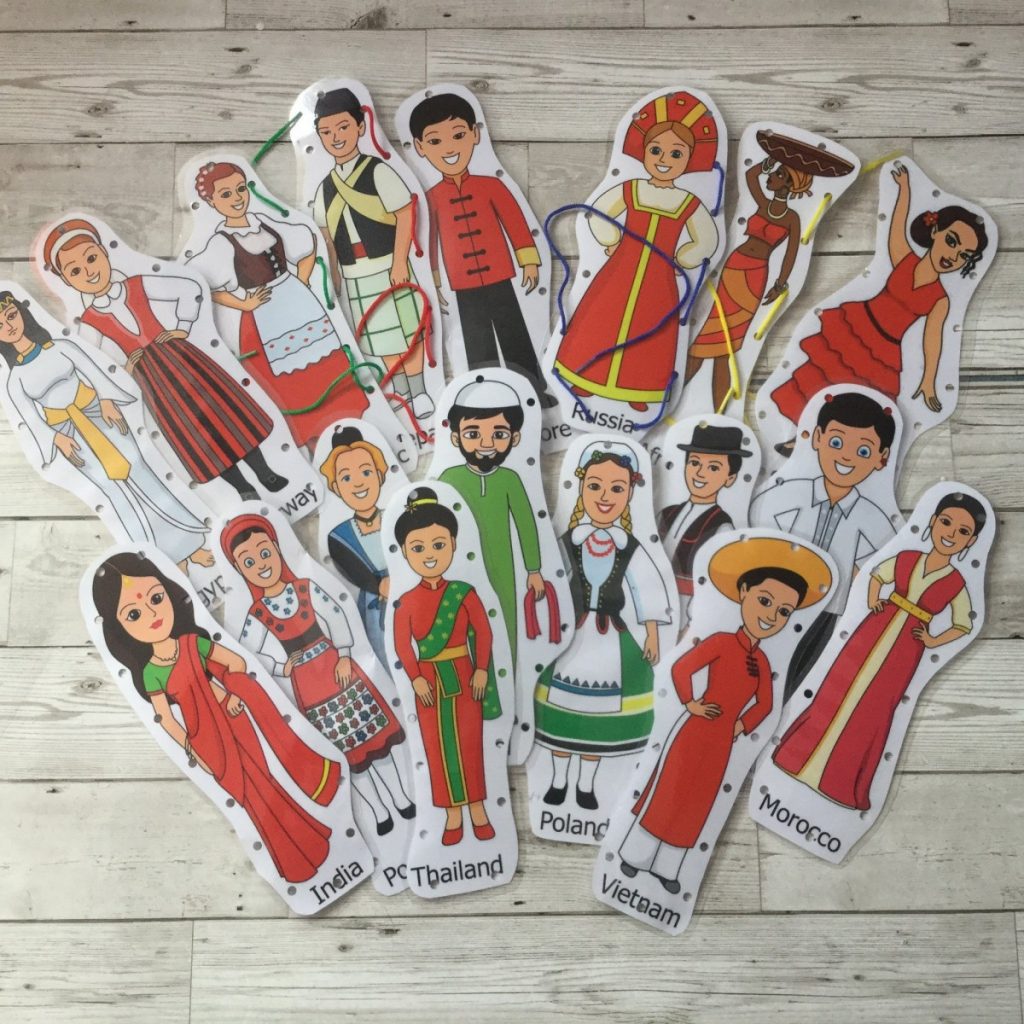How can I support diversity and dual language families?
As a practitioner who only speaks one language, it can often be difficult to support children and families who speak dual languages and promote diversity within the setting without being too tokenistic. Tokenistic means to simply appear to be supporting diversity rather than truly promoting and embedding this into practice. Many practitioners like to suggest that a setting is being too tokenistic for example by using welcome posters in many languages or having multi cultural puppets in the book corner, however with justification and the correct use of them within the setting these sorts of resources can be useful in promoting diversity and supporting dual language families.
Diversity covers a lot more than just dual speaking children however the two often come hand in hand. It is also easy when considering supporting diversity and dual language children to forget about parents and family members. In some cases the children may be dual language speaking but the parents or grandparents who collect may only speak their home language. It is therefore important to remember that families need supporting and to feel welcome and included as well as the children.
Ways to support diversity and dual language, children
Here are some simple changes you could help support diversity and dual language children. Clicking the links will take you to some amazing products –
- Welcome posters in multiple languages
- Room signs in multiple languages
- Key phrases that can be displayed and learnt to support children and families
- EAL tracking tool – Adapted slightly from an English only speaking tracking tool, to make your tracking and next steps as accurate as possible
- Print newsletters in the home languages of children you have
- Celebrate all festivals celebrated by the families you have
- Embed the British Values into your practice – There’s a great display pack here to help you.
- Talk about other cultures – These traditional wear threading cards make for some great conversation starters about other cultures which in turn can lead to creating mutual respect and tolerance
- Use parent boards to communicate with families. Try to use picture cards, widgets and symbols for important information such as using photos to show activities or smiley or sad faces on meal charts to show how much has been eaten.
How in your setting to promote diversity?

